Contemporary interior design is all about clean lines, minimalism, and blending form and function. It makes living spaces both beautiful and useful.
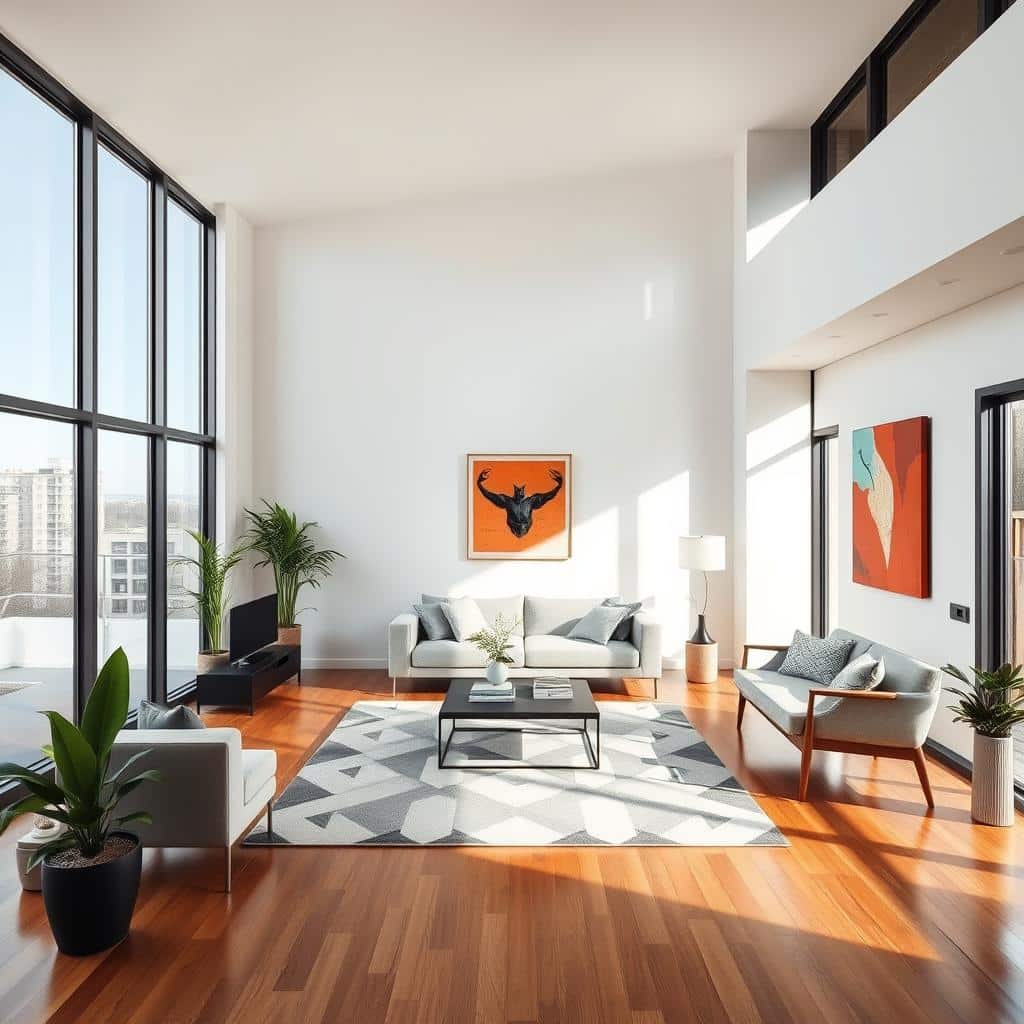
At the core of contemporary interior design is a focus on modern elements. You’ll see slim seating, low-profile sofas, and striking artwork. The style is marked by symmetrical layouts and clean lines, enhanced by natural materials like wood and leather.
Abstract art, slim seating, and live-edge tables are common in contemporary style. Textured seating, monochrome colors, and contrasting shelves add to the modern vibe. Decorative accents like wall art and accessories are key in creating the contemporary look.
What is Contemporary Interior Design?
Contemporary interior design is a style that started in the early 21st century. It focuses on minimalism, functionality, and clean lines. Unlike old, ornate designs, it values simplicity and open spaces.
Defining Contemporary Style
Contemporary decor mixes qualities from modernism, minimalism, Art Deco, and more. It’s a style that keeps changing, unlike modern design which is from a specific time. It shows today’s trends and what people like now.
Key Elements of Contemporary Design
- Neutral color palette: Contemporary interiors often have a calm color scheme of grays, whites, and blacks. They add pops of color to make things interesting.
- Natural materials and textures: Contemporary design loves the look and feel of wood, stone, jute, and linen.
- Geometric shapes: It’s all about clean lines, simple shapes, and patterns. This creates a balanced and harmonious look.
- Open floor plans: Contemporary homes are all about open spaces. They make moving around easy and look good.
By mixing old and new, contemporary style decor makes a stylish and peaceful home. It celebrates today while looking back for inspiration.
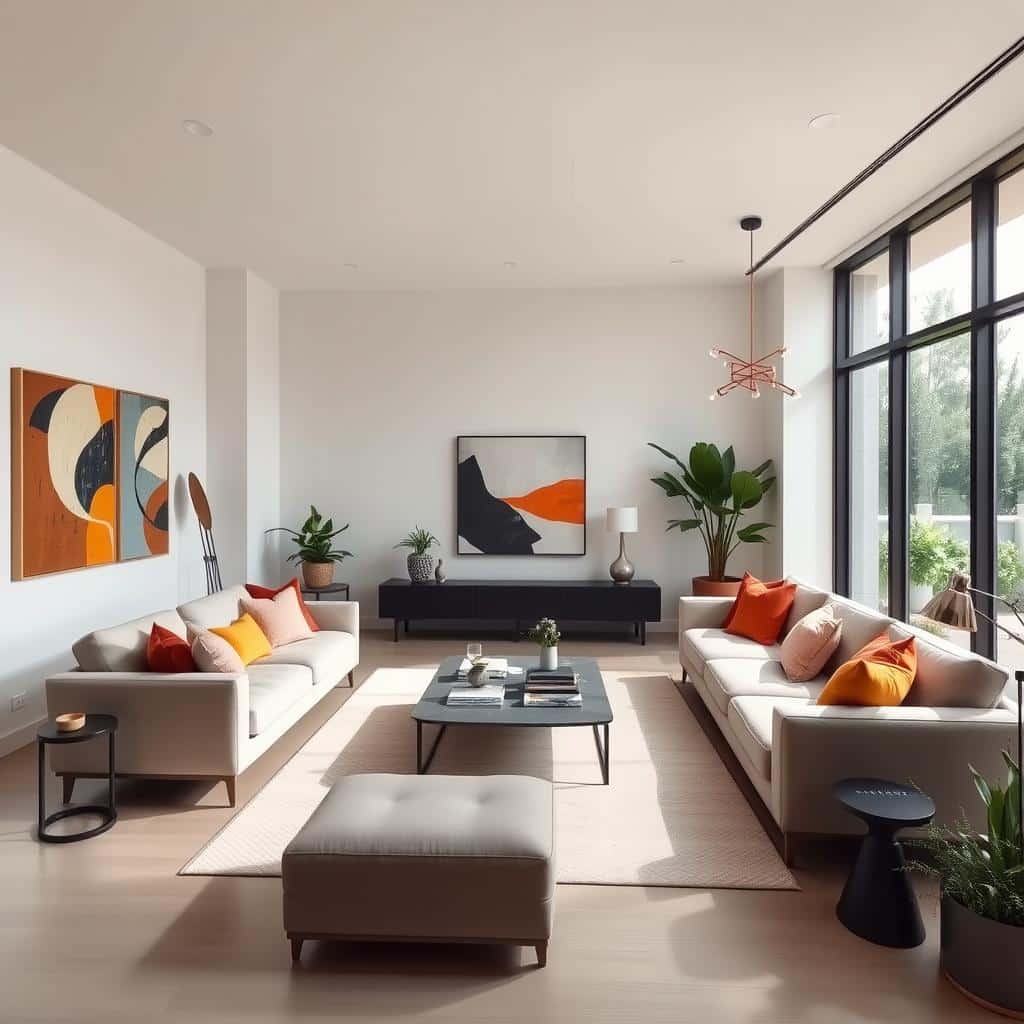
Neutral Color Palette
A contemporary neutral color palette is key in modern design. Shades like white, gray, beige, and black make spaces calm and versatile. They let other design elements stand out without bold colors.
Using neutral tones means you can add color with accents. This adds interest and depth to your contemporary interior design style.
Studies show most homes prefer a calm neutral color palette. Warm colors like warm white, deep walnut, classic brass, and tan are cozy. A Classic High-Contrast look pairs bold black with neutrals.
Barely-there shades like dusty pink and muddy gray-green offer a soft look. Adding accent colors from nature like burgundy and dusty rose brings personality to your space.
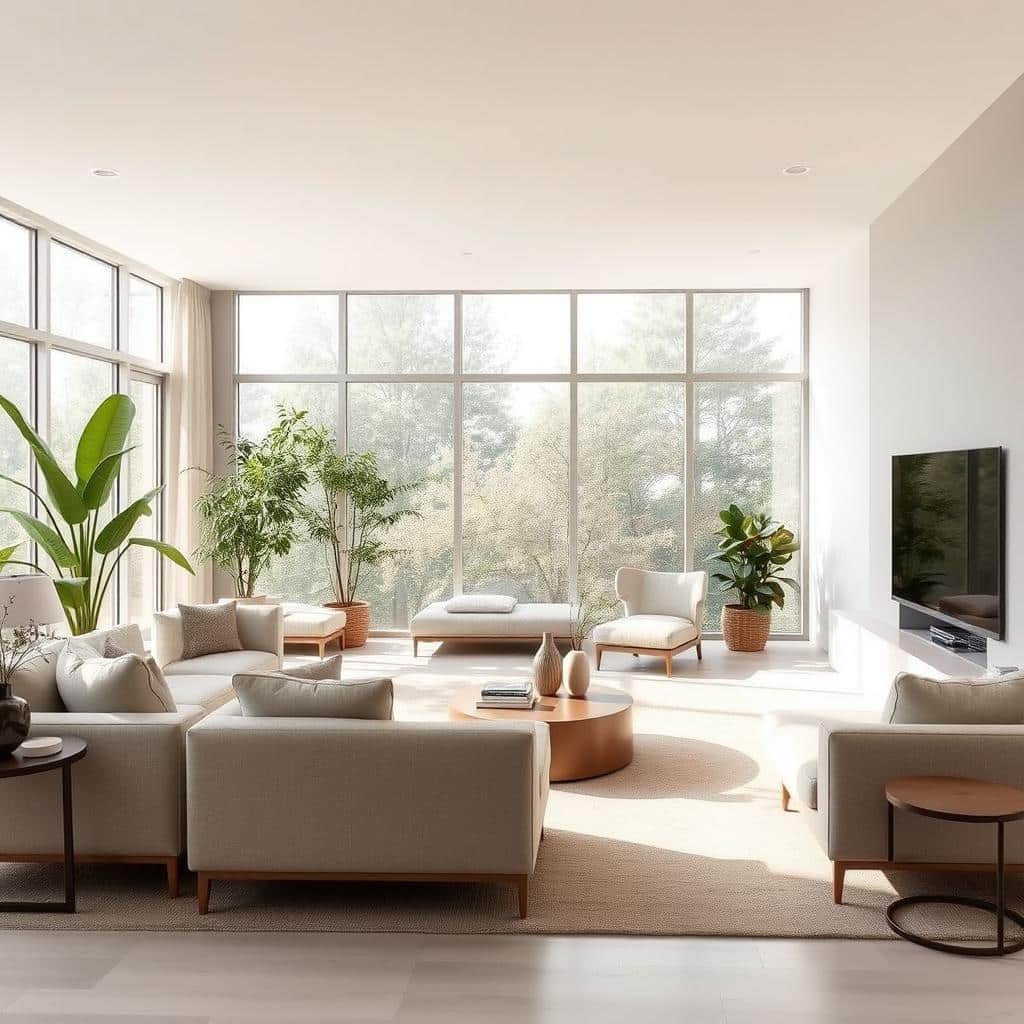
Designers use a neutral color palette for calm and sophistication. Whether it’s a high-contrast or soft look, neutral tones are essential in contemporary modern interior design.
Form Follows Function
The core idea of modern interior design is “form follows function.” This means the design of a space is based on what people need, not just looks. This idea comes from mid-century modern and industrial design.
Minimalism and Practicality
Modern interior design loves simplicity. It focuses on clean lines and space that works well. Everything is placed to help people move around easily, with little extra decoration.
Choosing materials that last and are easy to clean is key. This makes the design both useful and easy to maintain.
Influences from Mid-Century Modern and Industrial Styles
The mid-century modern style, with its simple shapes and focus on function, inspires today’s interiors. The industrial look, with its raw materials and exposed structures, also shapes modern design. It emphasizes using honest materials and keeping things simple.
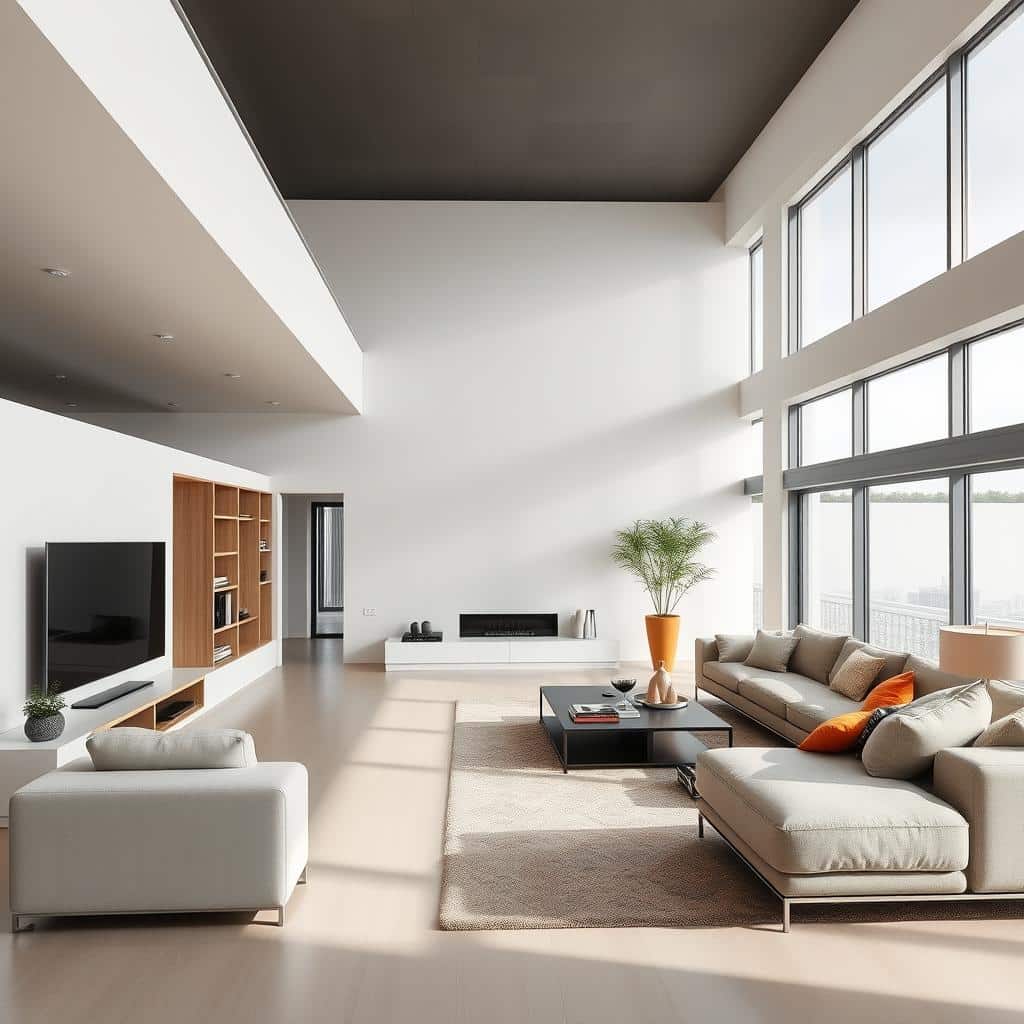
By following “form follows function,” designers make spaces that look good and work well. This approach makes sure every part of the interior has a purpose. It creates a space that is both beautiful and functional.
Natural Materials and Textures
Contemporary design style loves natural materials and textures. This mix of modern looks and organic elements is very popular. Wood, stone, leather, and natural fibers add warmth and interest to spaces.
Using natural and sustainable materials helps the environment. Materials like FSC-certified wood or organic cotton are better for the planet. They make spaces look good and help us live more sustainably.
Textures and materials in design are key. They make a space more interesting and beautiful. Mixing soft materials like velvet with rough ones like stone creates a stunning contrast. This makes a space feel more organized and inviting.
| Material | Characteristics | Design Applications |
|---|---|---|
| Wood | Warm, organic, and durable | Flooring, furniture, accents |
| Stone | Rugged, durable, and elegant | Countertops, flooring, feature walls |
| Leather | Soft, luxurious, and timeless | Upholstery, furniture, accessories |
| Natural Fibers | Textural, sustainable, and versatile | Rugs, textiles, decorative elements |
| Metals | Sleek, modern, and reflective | Lighting fixtures, hardware, accents |
Designers today focus on natural materials and textures. This approach makes spaces look great and supports sustainable living. It balances modern style with a natural feel, creating harmony and connection.
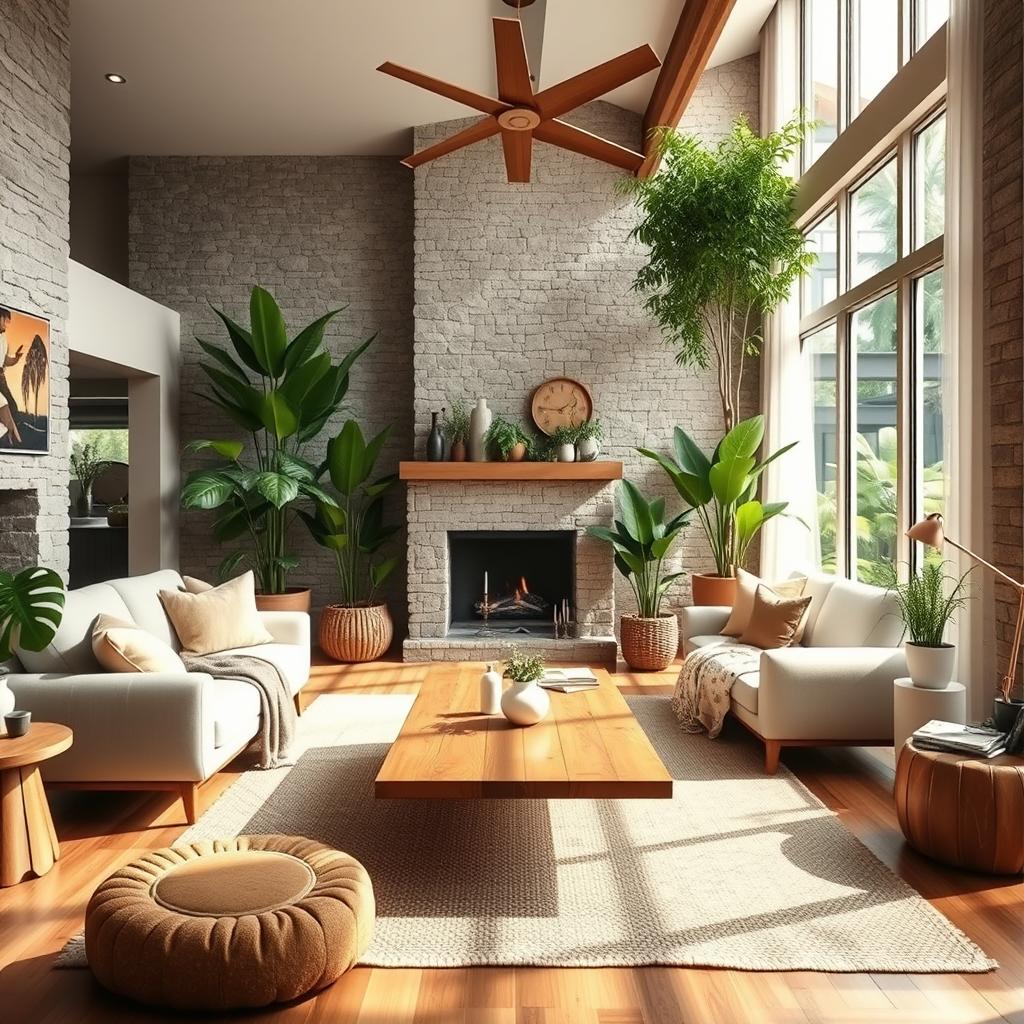
Clean Lines and Geometric Shapes
Contemporary interior design focuses on clean lines and geometric shapes. Furniture and decor often have simple, angular designs. This creates a modern and sophisticated look.
Clean lines are key in contemporary design. You see them in bare windows and high ceilings. Furniture and decor also have clean lines, showing off their beauty without clutter.
Geometric shapes are everywhere in contemporary house interior design. Sofas, coffee tables, and wall art all have sharp angles. These shapes add interest and balance to the space.
Designers use clean lines and shapes to make spaces look good and work well. Contemporary design is all about a modern, timeless look. It’s perfect for those who want a stylish home that stays current.
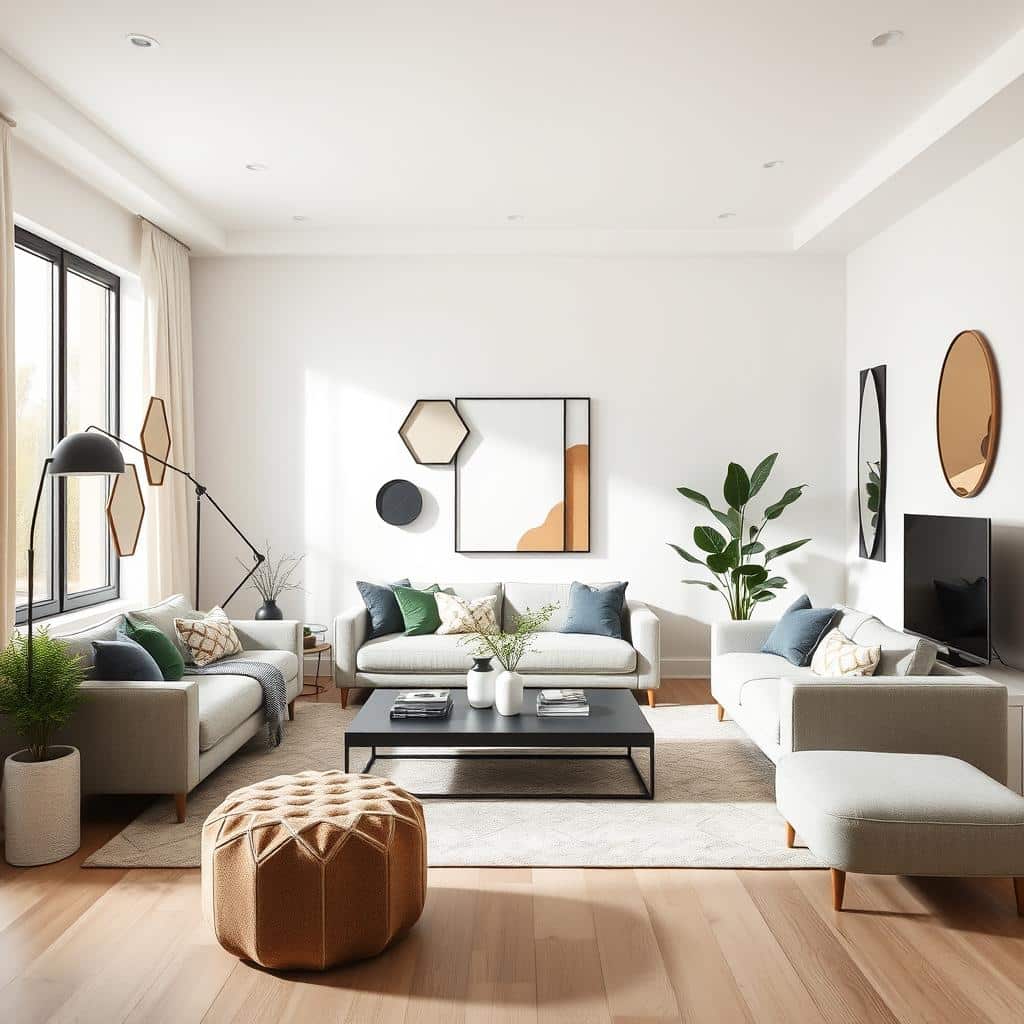
Open Floor Plans and Functional Layouts
Contemporary interior design loves open floor plans and functional layouts. It removes walls to make spaces flow together. This brings in more light and makes the home feel open and harmonious.
Designers focus on making each piece of furniture useful. They place furniture to improve the home’s flow and use. They use walls, lights, and storage to make the space work well.
Different seating options, like sectionals and ottomans, help create areas in the open space. Using various textures, colors, and lights adds interest and function to these big areas.
Open floor plans are becoming more popular. They support modern living by encouraging socializing, natural light, and flexible design. Designers tackle issues like noise, privacy, and energy use with smart planning and special design features.
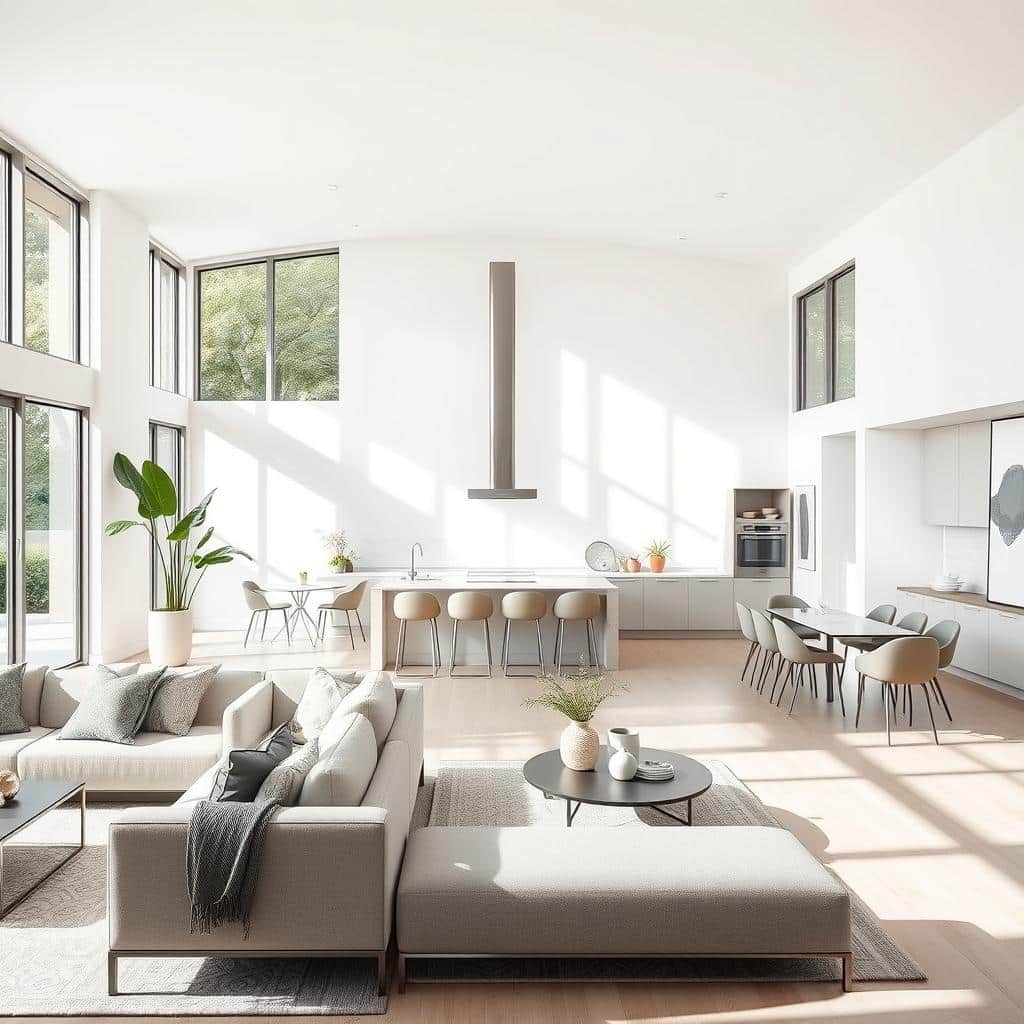
Contemporary design’s focus on open spaces shows how homes are changing. It blends beauty with practicality, making homes fit today’s lifestyles perfectly.
Blending Tradition with Modern Elements
In the world of interior design, many designers mix old and new. They use antique pieces and timeless details to make spaces feel deep and lasting. This mix creates homes that are both beautiful and full of history.
This way of designing creates spaces that are unique yet feel right together. It’s a way to honor the past while embracing today. The result is a design that is both beautiful and meaningful.
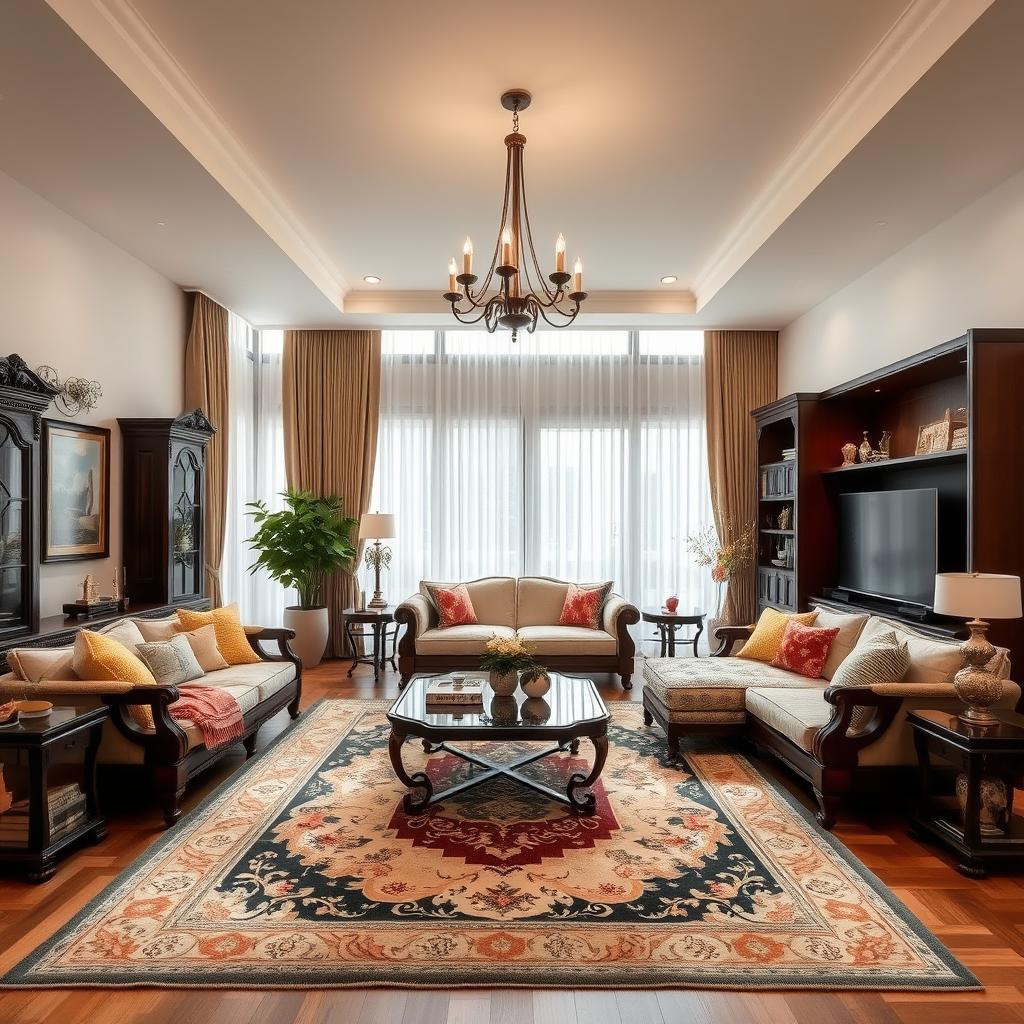
Contemporary Interior Design
Contemporary interior design is a style that keeps evolving and captures many hearts. It focuses on clean, functional spaces that value simplicity and natural materials. These spaces aim for balance and harmony.
This style blends old and new, creating spaces that are both comfortable and stylish. It uses the latest contemporary design trends and contemporary interior design ideas. This results in modern contemporary interior design that stands the test of time.
At its core, contemporary interior design style loves minimalism and practicality. It uses clean lines, open spaces, and neutral colors for calmness. Natural materials like wood and stone add warmth and texture.
This design is all about mixing old and new. It creates spaces that feel both familiar and fresh. It combines timeless elements with modern touches, making it a field that’s always changing and exciting.
Contemporary design is perfect for anyone wanting a calm or bold space. Its versatility makes it a favorite among homeowners and designers. By embracing this style, you can bring modern living into your home.
Lighting in Contemporary Interiors
Lighting is key in modern interior design. It highlights the clean lines and simple look of the space. Contemporary lighting fixtures are sleek and focus on being useful, not just decorative.
Statement Lighting Fixtures
Modern chandeliers or sculptural floor lamps can be focal points in a room. They draw the eye and add drama. The right lighting makes a room feel open and flowing, matching the design’s ethos.
Contemporary design blends modern and minimalist styles. It uses neutral colors, clean lines, and natural materials. Lighting is important in highlighting these features.
Modern lighting uses LED technology for color options. It’s made from stone, glass, acrylic, and metals like chrome and matte black.
Lighting in modern spaces is all about creating a unified look. It balances task and ambient lighting. This approach celebrates simplicity, function, and enduring style.
Incorporating Art and Accessories
In the world of contemporary interior design, art and accessories are key. They add depth and personality to a space. Even with clean lines and neutral colors, the right art and decor can make a room pop.
Art can be a focal point, whether it’s a big abstract painting or a simple sculpture. Accessories like vases or ceramics add color and texture. The goal is to choose pieces that fit with the room’s clean look.
Designers aim to balance minimalism with personal style. They pick art and accessories that match the client’s taste. This way, the space feels both modern and personal.
Choosing the right art and accessories is vital in contemporary design. It turns a simple space into a warm, inviting home. Designers use these elements to make a space truly unique.
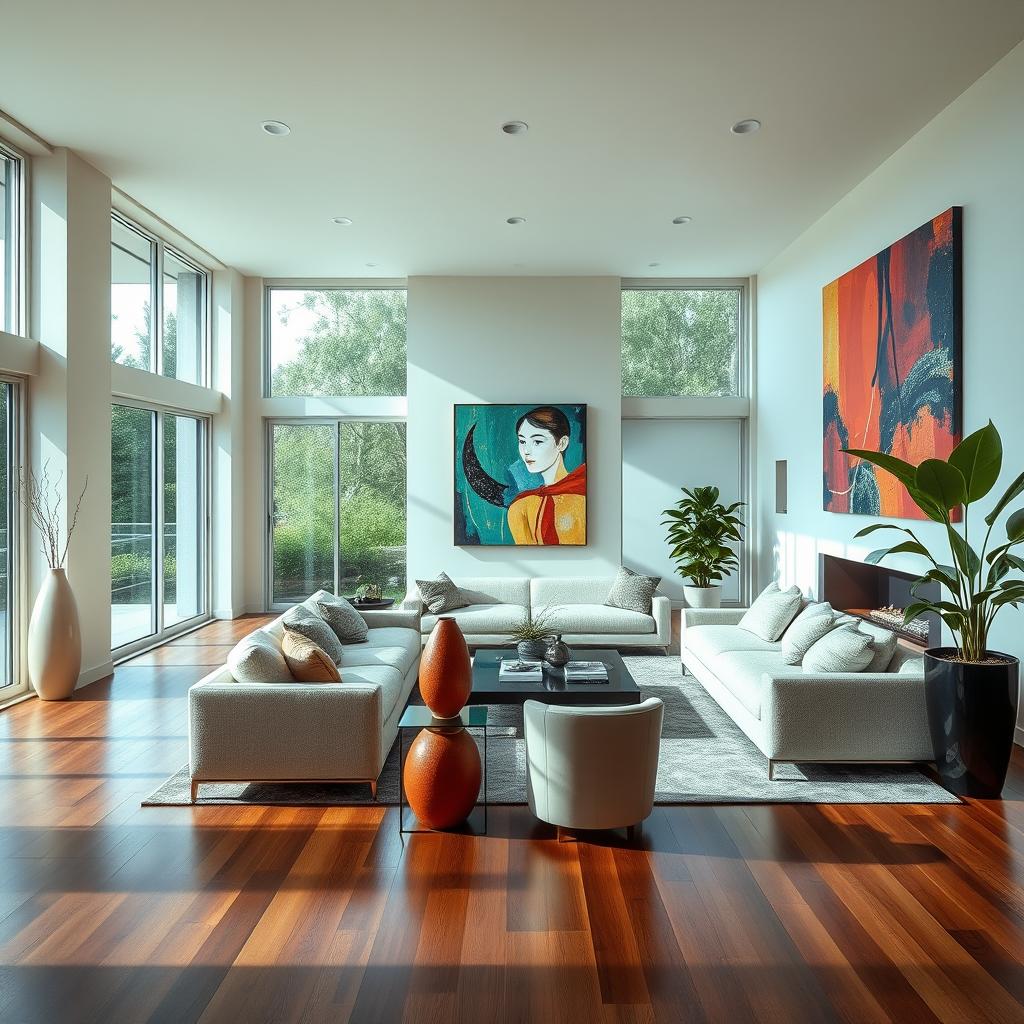
| Key Benefits of Incorporating Art and Accessories in Contemporary Interiors |
|---|
|
Contemporary Interior Design for Every Room
Contemporary interior design works well in many rooms, like living rooms and bedrooms. It helps create modern, stylish spaces that meet personal needs and tastes.
Living Rooms
In living rooms, contemporary living room design uses simple colors and shapes. It focuses on making the room both beautiful and useful. Natural materials like wood and stone add warmth and interest.
Bedrooms
Bedrooms benefit from a calm, simple look of contemporary bedroom design. They often have clean lines and natural textures. This makes them both pretty and relaxing.
Using contemporary design applications in both living rooms and bedrooms makes spaces look good and work well. This approach balances beauty and usefulness, making design last over time.
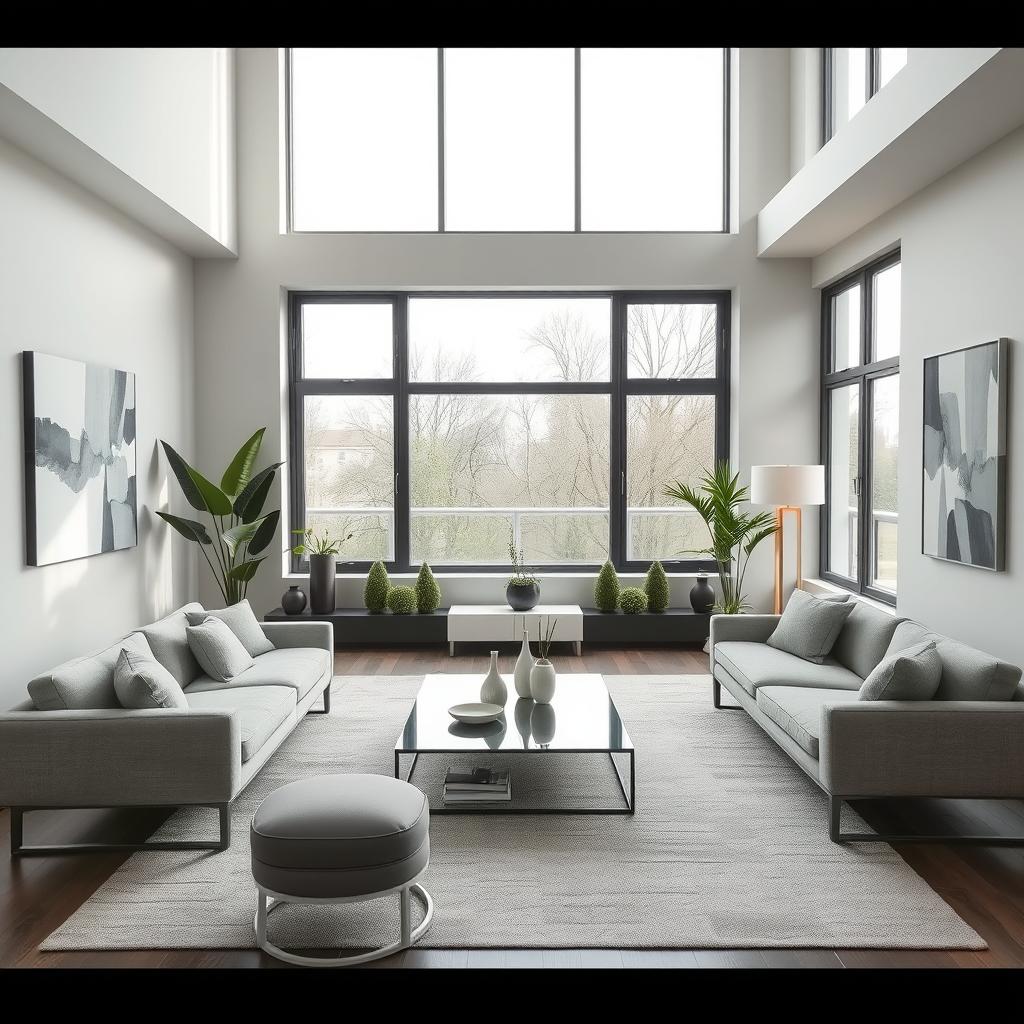
Sustainable and Eco-Friendly Design
Environmental awareness is on the rise, leading to a shift in interior design. Now, we focus on natural materials like wood and stone. We also aim for simple, functional designs.
Designers are now using green technologies in their work. This includes renewable energy and energy-saving lights. These choices make homes both beautiful and eco-friendly.
Sustainable design tackles big environmental issues. It aims to reduce waste and improve air quality inside homes. The EPA says indoor air can be 2 to 5 times worse than outside air.
To solve these problems, designers use safe materials and energy-saving tech. They also promote natural air flow. Buying used furniture helps cut down on waste and supports a more mindful lifestyle.
There are many eco-friendly products and brands out there. They focus on making things responsibly and ethically. Materials like bamboo and recycled aluminum are favorites for their green benefits.
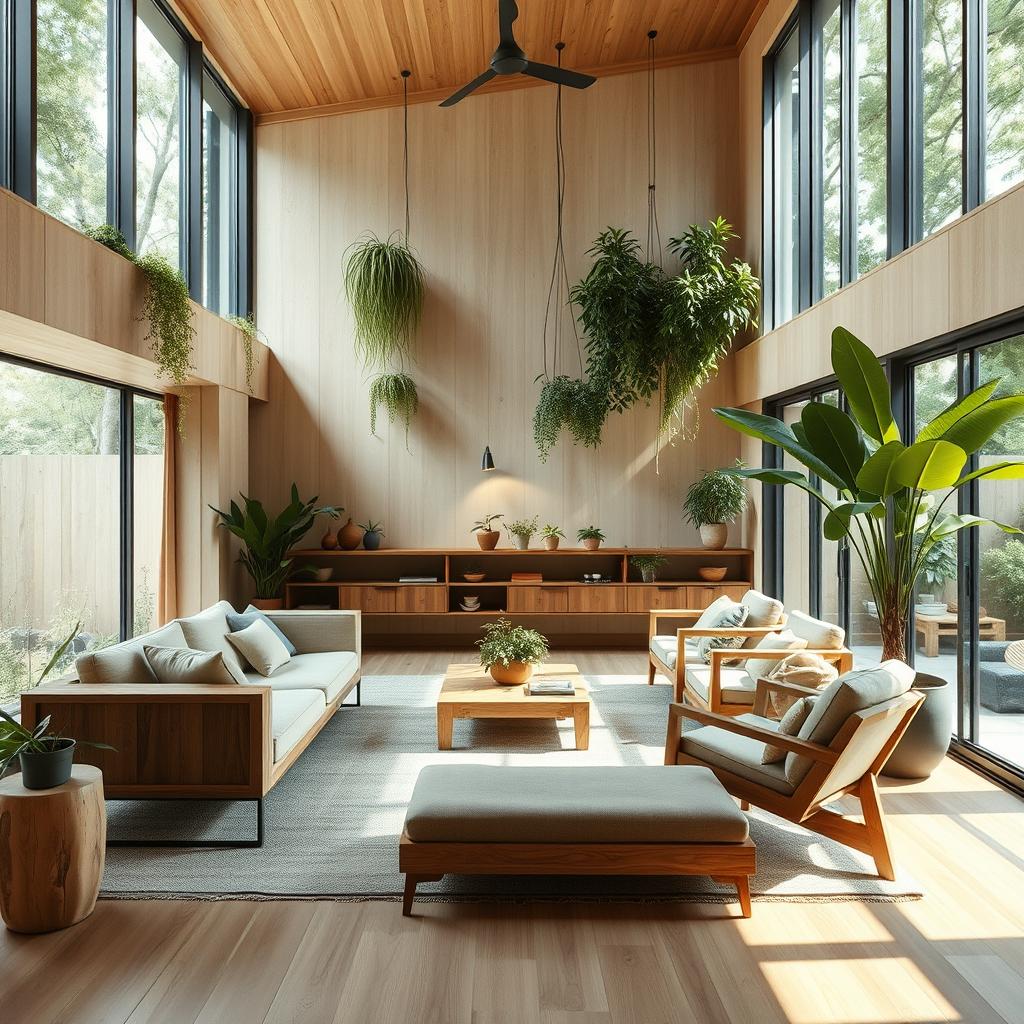
By choosing sustainable design, we make homes better for the planet and for us. As more people want green homes, sustainable design is key to a greener future.
Conclusion
Contemporary interior design is now a key player in making modern, useful homes. It focuses on clean lines, natural materials, and open spaces. This style offers a smart and green choice over older designs.
People want homes that look good and work well. Contemporary design meets this need by changing and growing. It keeps inspiring new ideas in home design.
This style mixes old and new, and uses green tech. It makes homes that are cozy, look great, and are good for the planet. It combines simple looks, lots of natural light, and smart home tech.
Looking to the future, contemporary design will keep focusing on simplicity, being green, and making homes personal. Designers will keep up with trends and what people need. They will make homes that are both lovely and practical.
FAQ
What is contemporary interior design?
The answer to the question what is contemporary interior design is that contemporary interior design is a style that changes often. It focuses on clean lines, minimalism, and natural materials. It aims to make living spaces that are both beautiful and practical.
What are the key elements of contemporary design?
Contemporary design is all about simplicity. It uses a neutral color palette, natural textures, and geometric shapes. Open floor plans are also key.
Why is a neutral color palette important in contemporary design?
A neutral color palette is essential. It makes spaces calm and lets the design focus on form, materials, and function.
What is the principle of “form follows function” in contemporary design?
“Form follows function” is a big idea in contemporary design. It means the design should fit the needs of the people using the space. This makes spaces practical and simple.
How do natural materials and textures contribute to contemporary design?
Natural materials like wood and stone add warmth and interest. They help make contemporary spaces feel cozy and connected to nature.
What is the role of clean lines and geometric shapes in contemporary interiors?
Clean lines and shapes are important in contemporary design. They create order and make spaces look cohesive. This adds to the minimalist look.
How do open floor plans and functional layouts support contemporary design?
Open floor plans and layouts are essential. They make spaces feel open and light. They also make homes more flexible and efficient.
How can traditional and modern elements be blended in contemporary interiors?
Designers are mixing old and new in contemporary spaces. They use antique pieces and timeless designs to create unique, yet unified, environments.
How does lighting play a role in contemporary interior design?
Lighting is key in contemporary design. It highlights the clean lines and simplicity of spaces. Modern lighting is sleek and functional.
How can art and accessories be incorporated into contemporary interiors?
Art and accessories add personality to contemporary spaces. They serve as focal points and enhance the clean, neutral look of the design.
How can contemporary design principles be applied to different living spaces?
Contemporary design works in many spaces. It focuses on simple furniture, natural textures, and harmony. This makes every room feel modern and welcoming.
How does contemporary design align with sustainable and eco-friendly practices?
Contemporary design is becoming more eco-friendly. It uses natural materials and focuses on energy efficiency. This supports sustainable living.
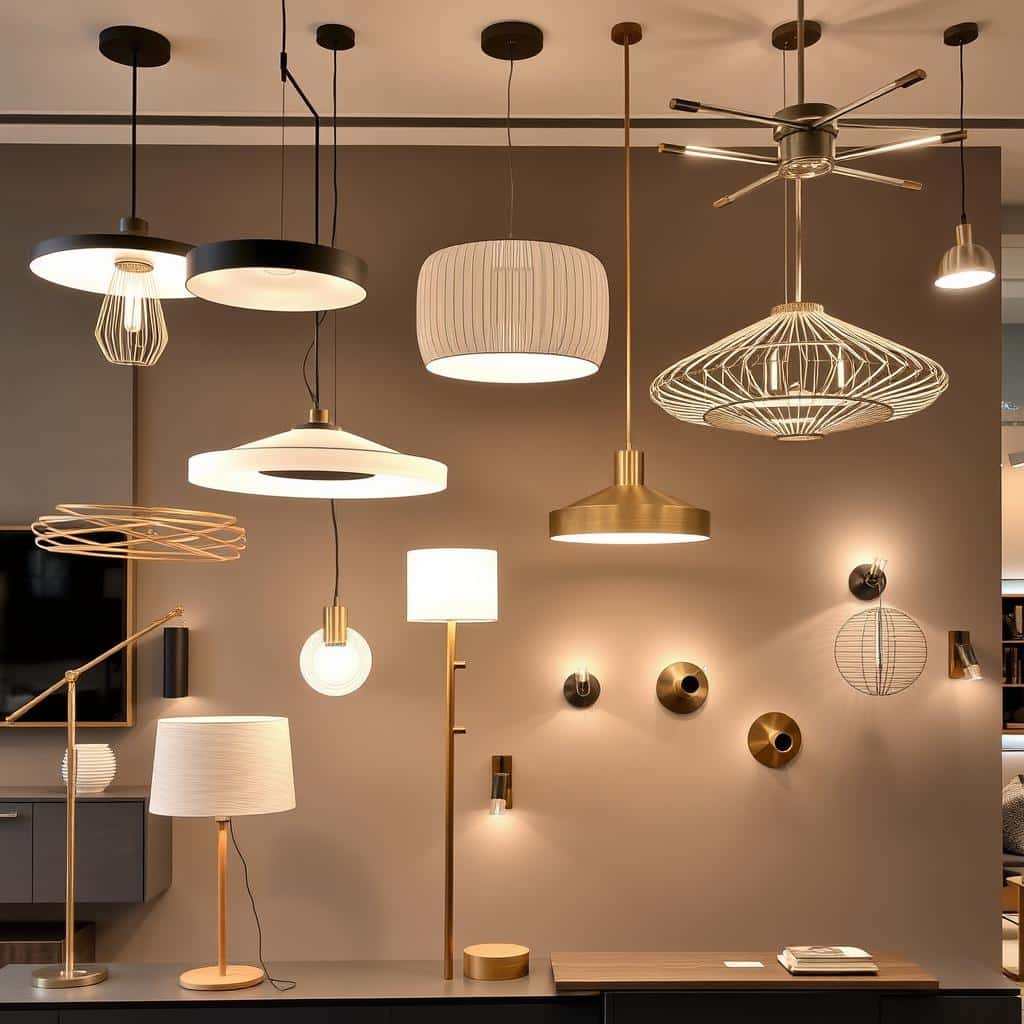
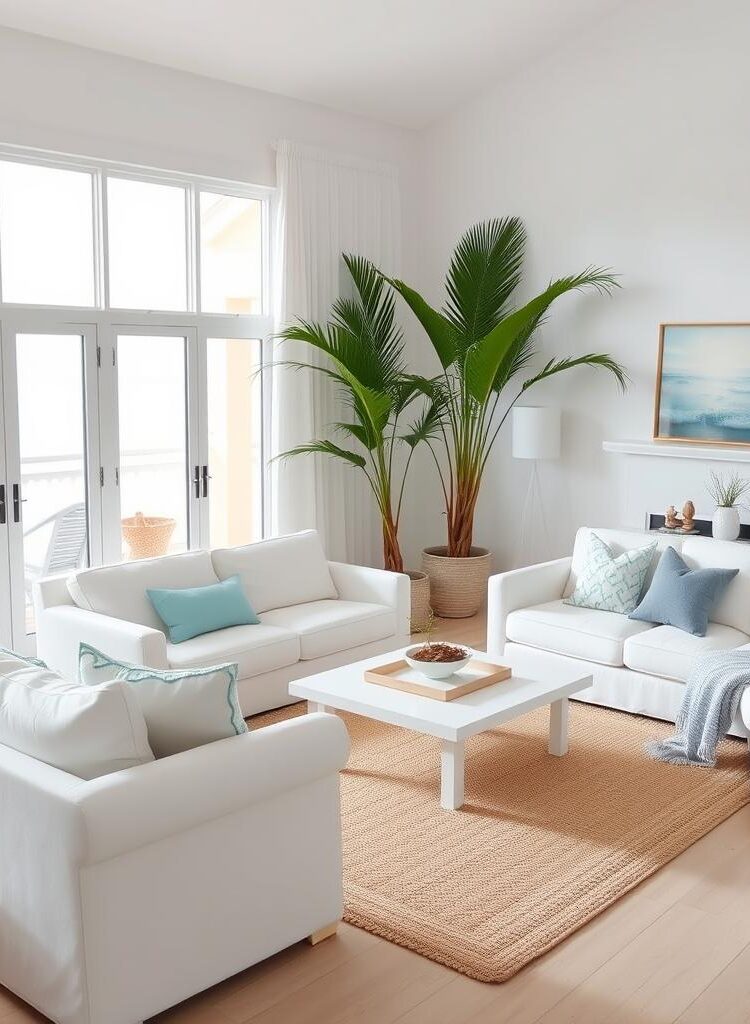
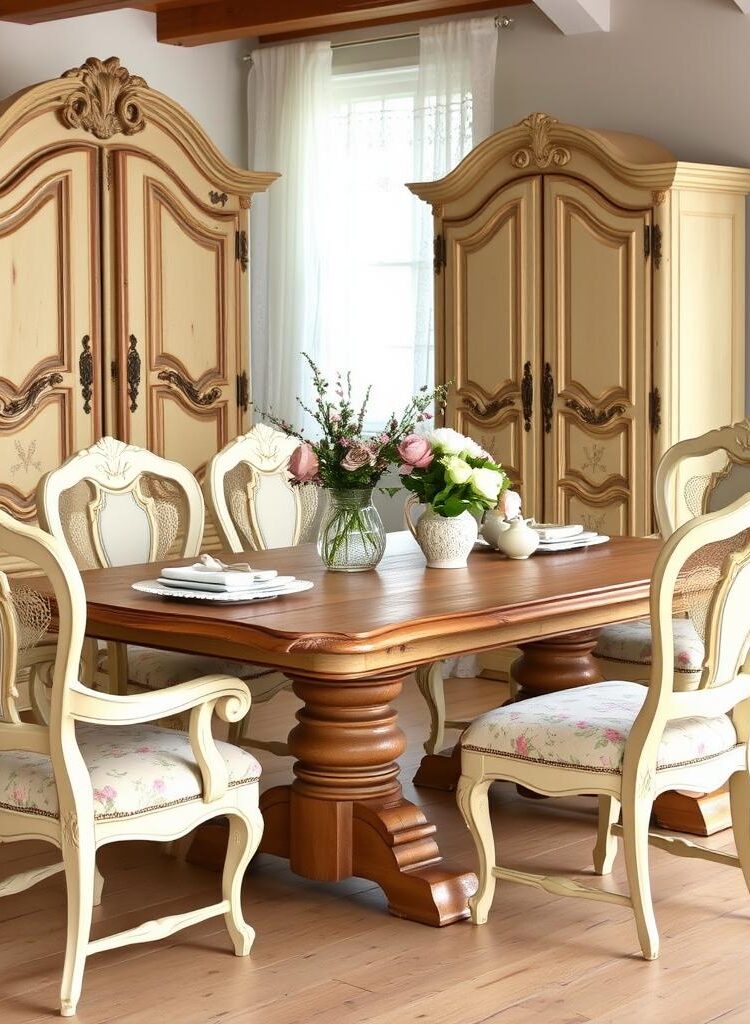
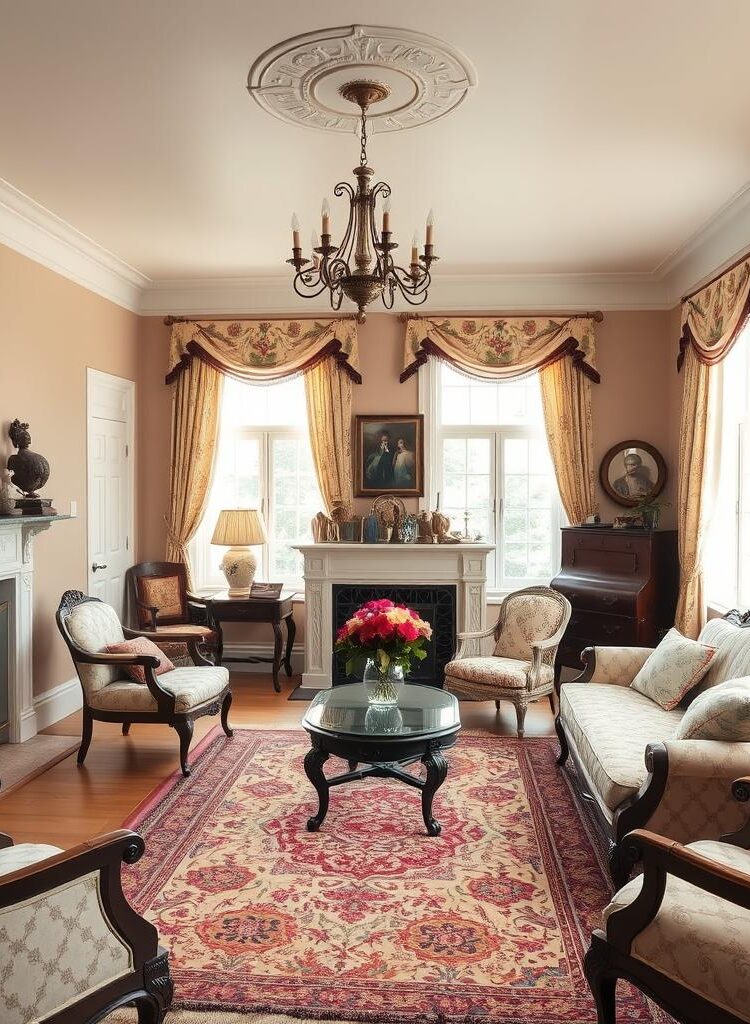
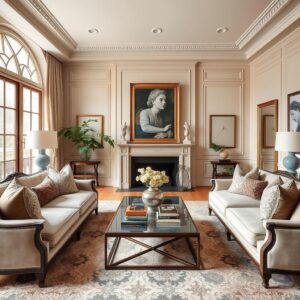
Leave a Reply